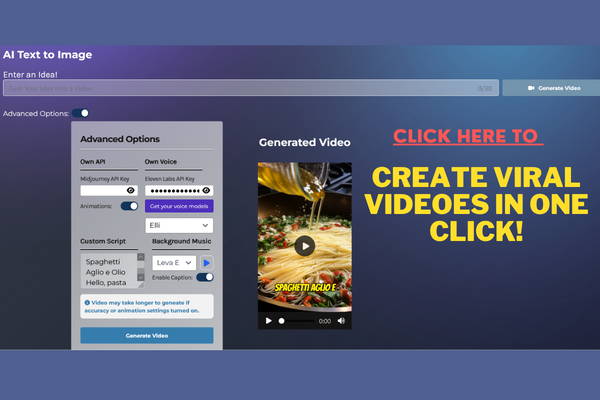
If you’re a website designer looking to spruce up your web pages with stunning designs and layouts, Elementor containers may just be the tool you need. In this comprehensive tutorial, we’ll provide you with a step-by-step guide to Elementor containers, so you can create visually appealing pages that engage your audience. Whether you’re a novice or an experienced web designer, this tutorial is designed to help you make the most of Elementor containers and create web designs that truly stand out. So let’s get started and take your design skills to the next level!
Step-by-Step Guide to Elementor Containers: A Comprehensive Tutorial
Introduction
Are you tired of struggling to create responsive layouts in Elementor with standard intersections? Creating custom flexbox grids with Elementor Flexbox containers can offer better responsiveness, layout control, and page speed. In fact, Elementor is phasing out intersections in favor of Flexbox containers. If you’re not familiar with flexbox, no worries! This comprehensive tutorial will guide you through the process of using Flexbox containers to create flexible and responsive web layouts that look great on any device.
Understanding Flexbox Containers
Flexbox containers are becoming the popular alternative to standard intersections for controlling layout in web design. Unlike intersections, Flexbox containers offer more control for arranging elements on a webpage. They come with a range of features and benefits that can make the web building process faster and more efficient.
Benefits of Flexbox Containers
- Improved responsiveness: Flexbox containers can efficiently resize and arrange elements on the page to fit any screen size or orientation.
- Better layout control: Flexbox containers can offer more precise control of the layout and placement of elements on the page.
- Increased page speed: Because Flexbox containers are designed for more efficient layout design, pages built with Flexbox containers may load faster.
Examples of Flexbox Container Features and Benefits
Using the Flexbox property grid, you can create responsive layouts by determining the size and positioning of elements within the container. Flexbox properties include flex-direction, justify-content, align-items, and flex-wrap. With these properties, you can achieve responsive layouts with ease.
Creating a Two-Column Row with Flexbox Containers
Let’s create a two-column row using a Flexbox container. Here’s how:
- Create a new section in Elementor.
- Set the section width to “fullwidth.”
- Add two columns to the section.
- In the column settings, set the width to “50%” for both columns.
- Under the Advanced tab of the first column, select “Flexbox” as the layout.
- In the Flexbox settings, choose “Flex-start” for both “Justify Content” and “Align Items.”
- Repeat steps 5 and 6 for the second column.
- Add your desired content to each column.
Congratulations! You have created a two-column row with a Flexbox container.
The Importance of Understanding Flexbox Containers
Elementor is phasing out intersections in favor of Flexbox containers. Therefore, understanding and using Flexbox containers should be an important part of your efficient web building workflow. With Flexbox containers, you can achieve better responsiveness, layout control, and page speed. In addition to the two-column row example, Flexbox containers offer more flexibility and control compared to the old version of Elementor.
Conclusion
Creating responsive web layouts in Elementor has never been easier with the use of Flexbox containers. With features and benefits like improved responsiveness, better layout control, and increased page speed, Flexbox containers are quickly becoming the popular alternative to standard intersections. By understanding and using Flexbox containers in your workflow, you can achieve better results with greater efficiency.
FAQs After the Conclusion
-
What is a Flexbox container?
A: A Flexbox container is a type of layout control in web design that offers better responsiveness, layout control, and page speed through precise control of the arrangement of elements on the page. -
Why is Elementor phasing out intersections?
A: Elementor is phasing out intersections in favor of Flexbox containers because Flexbox containers offer more control and flexibility in arranging elements on a webpage. -
How can Flexbox containers improve page speed?
A: Flexbox containers can improve page speed because they are designed for more efficient layout design, which can lead to faster loading pages. -
What are some benefits of using Flexbox containers in web design?
A: Some benefits of using Flexbox containers in web design include improved responsiveness, better layout control, and more flexibility and control over the arrangement of elements on a webpage. -
What is an example of using a Flexbox container in Elementor?
A: An example of using a Flexbox container in Elementor is creating a two-column row with a Flexbox container by setting the justify content and align items options for each column.

